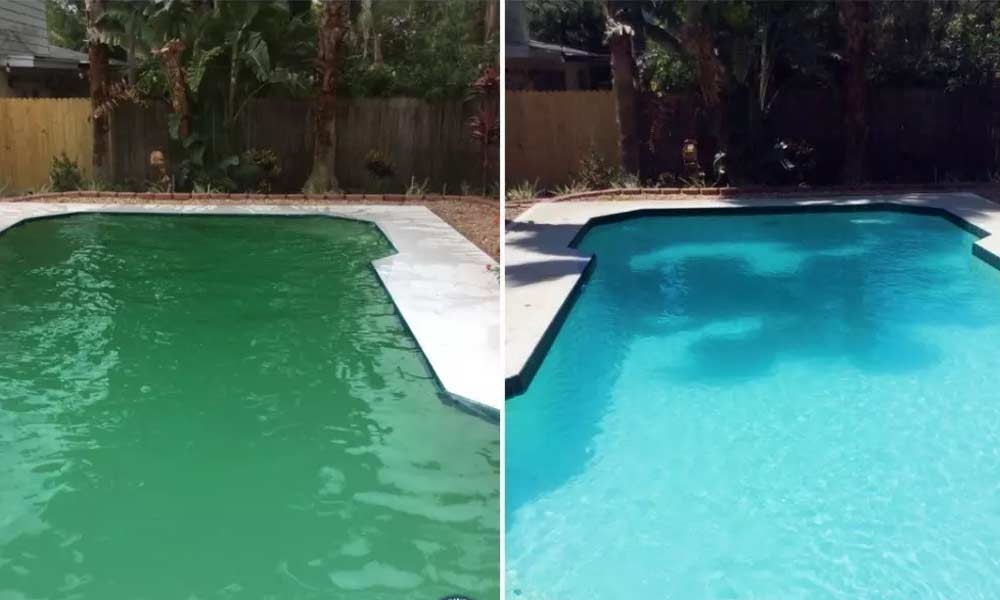In recent years, the issue of algae growth in various aquatic environments has become a growing concern for both homeowners and businesses. Algae not only pose aesthetic problems, turning clear waters into murky green, but they can also harm aquatic life and affect water quality. To combat this issue, many turn to algaecides, but knowing when and how to use them is crucial for effective algae control. In this article, we’ll explore the importance of Algaecides and provide essential guidelines for their proper usage.
The Algae Problem:
Algae are simple, plant-like organisms that thrive in water bodies such as ponds, lakes, swimming pools, and even aquariums. They proliferate rapidly, especially in warm, sunny conditions, turning the water green and reducing its clarity. Algae blooms can also deplete oxygen levels in the water, endangering fish and other aquatic life.
The Role of Algaecides:
Algaecides are chemical treatments designed to control or eliminate algae growth. They come in various forms, including liquid, granules, and tablets, each with its own specific application method. Algaecides work by disrupting the algae’s cellular processes, effectively killing or inhibiting their growth.
When to Use Algaecides:
Preventative Measures: One of the most effective times to use algaecides is as a preventative measure. Applying algaecides early in the season, typically during spring, can prevent algae from taking hold and becoming a problem. This is especially crucial for pool owners who want to enjoy clear water throughout the summer.
At the First Sign of Algae: If you notice the telltale signs of algae growth, such as green water or slimy surfaces, it’s essential to act quickly. Early intervention can prevent the problem from escalating, making it easier to control.
After Algae Treatment: After successfully treating an algae outbreak, it’s advisable to follow up with algaecide applications. This helps maintain a clear and algae-free environment by preventing their resurgence.
In High-Risk Environments: Some environments, such as ponds or lakes with stagnant water, are more prone to algae growth. In such cases, regular algaecide treatments may be necessary to keep the situation under control.
Guidelines for Proper Algaecide Usage:
Read and Follow Label Instructions: Always carefully read and follow the manufacturer’s instructions on the algaecide product label. This includes information on dosage, application method, safety precautions, and recommended protective gear.
Determine the Type of Algae: Different types of algae may require different algaecides for effective control. Identifying the specific algae species in your water body can help you select the most appropriate algaecide.
Safety First: When applying algaecides, wear appropriate protective gear, including gloves and safety goggles, and avoid direct contact with the chemical. Keep children and pets away from treated areas until it’s safe.
Proper Dosage: Use the recommended dosage of algaecide as per the product label. Using too much or too little can be ineffective and may even harm the aquatic ecosystem.
Time of Day: Apply algaecides in the early morning or late afternoon when the sun is less intense. This minimizes the risk of chemical degradation due to UV exposure.
Ensure Good Water Circulation: Adequate water circulation helps distribute the algaecide evenly and ensures that it reaches all affected areas.
Regular Maintenance: For ongoing algae control, consider a regular maintenance schedule based on the specific needs of your water body. This can help prevent future outbreaks.
In conclusion, algaecides can be valuable tools in the battle against algae growth in aquatic environments. Knowing when and how to use them is essential for achieving the best results while minimizing environmental impact. By following these guidelines and staying informed about the latest algaecide products and techniques, you can enjoy clear, algae-free water year-round.
Post time: Sep-04-2023

